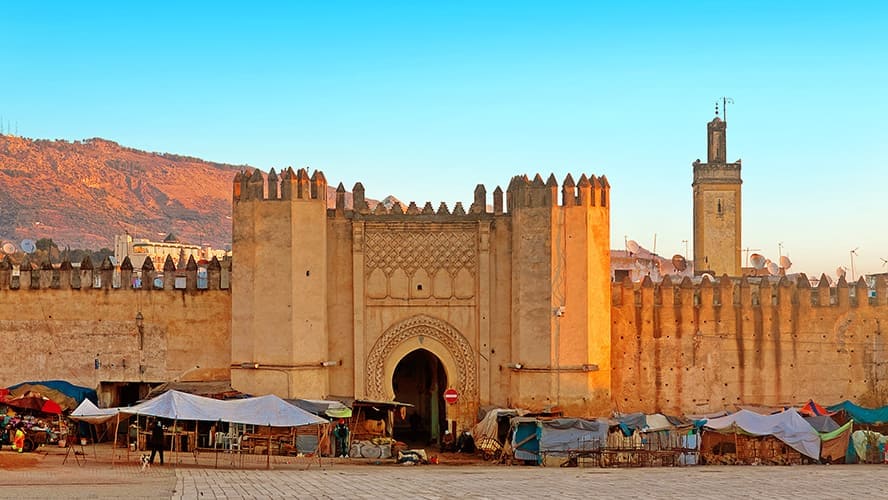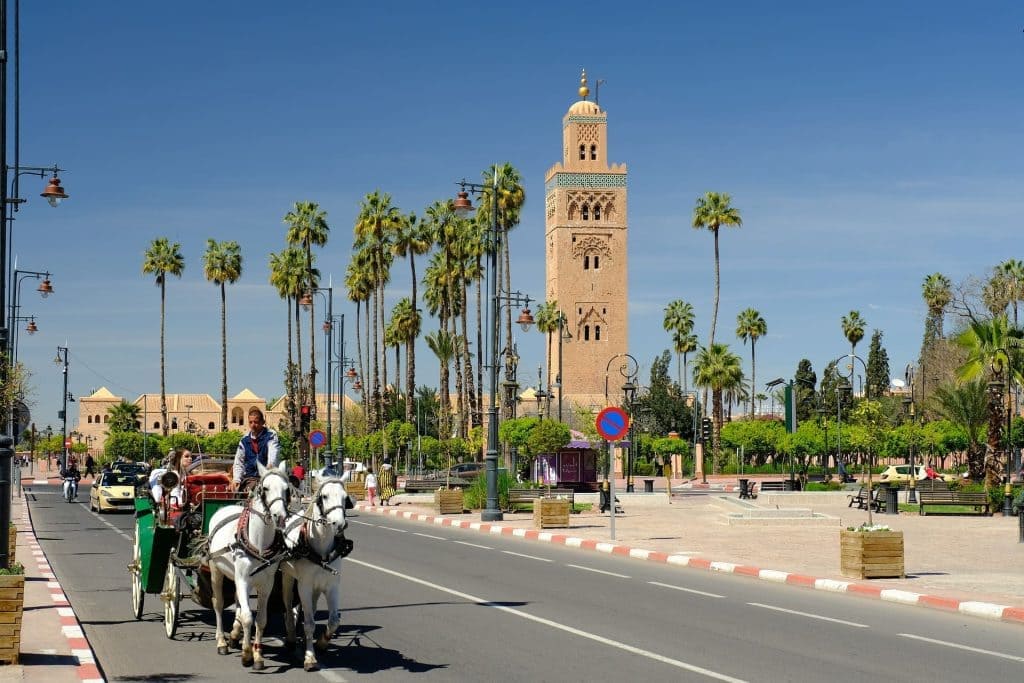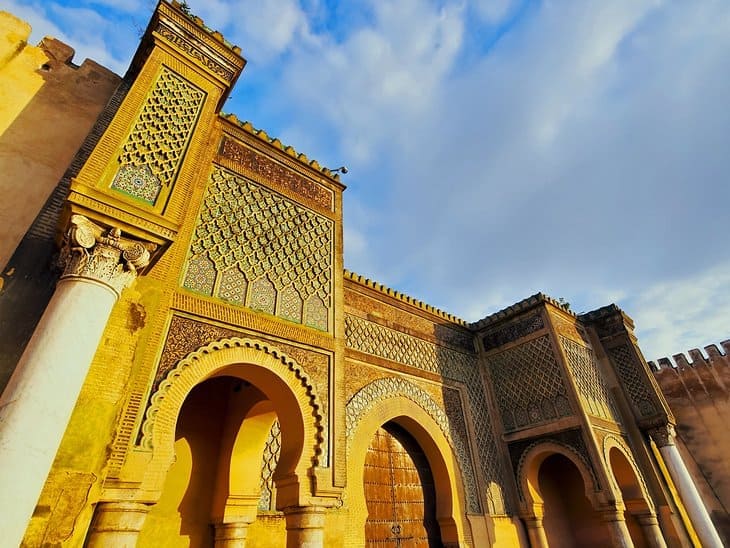Morocco is a country steeped in history, tradition and an impressive cultural legacy. One of the most fascinating ways to get to know its past is through the imperial cities, so called because they were the capitals of different empires and dynasties that ruled the country over the centuries. These cities, witnesses of glorious reigns and dazzling architecture, represent the essence of the most authentic Morocco.
In total, the four imperial cities of Morocco are Fez, Marrakech, Rabat and Meknes. Each offers a unique experience, among labyrinthine souks, palaces, madrasas, mosques and ramparts that transport us to another era.
Fez
Fez is considered the spiritual and cultural capital of the country. Founded in the 8th century, it was the seat of several dynasties and is home to the oldest university in the world still in operation, the University of Al Qarawiyyin. Al Qarawiyyin.

Its medina, Fez el-Bali, is an authentic labyrinth of narrow streets declared a UNESCO World Heritage Site. Here you will find tanners, artisans, and historic buildings that reflect the grandeur of a time when Fez was a key intellectual and commercial center in the Islamic world.
Marrakesh
Known as the“Red City” for the color of its walls and buildings, Marrakech was the capital of the empire under the Almoravid, Almohad and Saadian dynasties. This city is famous for its mix of modernity and tradition, and for its inexhaustible energy.
The Jamaa el Fna Square, the Bahia Palace, the Saadian tombs or the Majorelle gardens are just some of the must-see places. In addition, walking through the souks of the medina is a multisensory experience: aromas, colors, flavors and sounds that only Marrakech can offer.

If you want to get to know this fascinating city without worrying about anything, a good option is to sign up for an organized Marrakech Getaway that will allow you to discover its must-see spots with the guidance of local experts.
Rabat
Rabat, the current capital of Morocco, is an elegant and tranquil city that combines its imperial heritage with a modern infrastructure. It was declared an imperial city by the Almohads in the 12th century, and today houses government institutions and embassies.
Among its attractions are the Hassan Tower, the Mausoleum of Mohammed V, the Kasbah of the Oudayas and a well-preserved medina. Despite being less chaotic than other Moroccan cities, Rabat maintains a traditional charm that is worth exploring.
Meknes
Although less known than the previous ones, Meknes was an important imperial city during the reign of Sultan Mulay Ismail in the seventeenth century, who turned it into a monumental fortress.

Among its highlights are the Bab Mansour gate, one of the most imposing in Morocco, the Mausoleum of Mulay Ismail, the medina and the old royal stables. Meknes is ideal for those looking for a more authentic experience, away from mass tourism.
What do these cities have in common?
Moroccan imperial cities share a fundamental element: they were seats of power, religious, cultural and economic centers. Strolling through their streets is to understand centuries of history, Islamic art, Andalusian architecture and a mixture of Arab, Berber and European influences.
In addition, they all have lively medinas, declared World Heritage Sites, where daily life still goes on as it did centuries ago.
Conclusion
To visit Morocco’s imperial cities is to take a journey into the heart of the country, where every street, square or market tells a story. From mystical Fez to vibrant Marrakech, majestic Rabat to enchanting Meknes, these cities offer a complete view of the Moroccan soul.
If you are planning a cultural getaway, Marrakech is an excellent starting point. You can discover the best of this city with an organized trip with Almanatour that will allow you to enjoy without complications.



